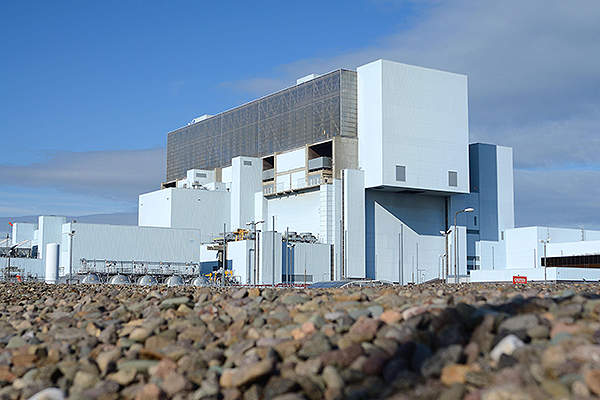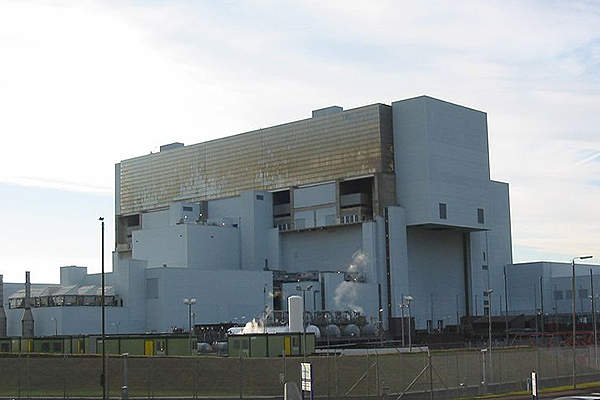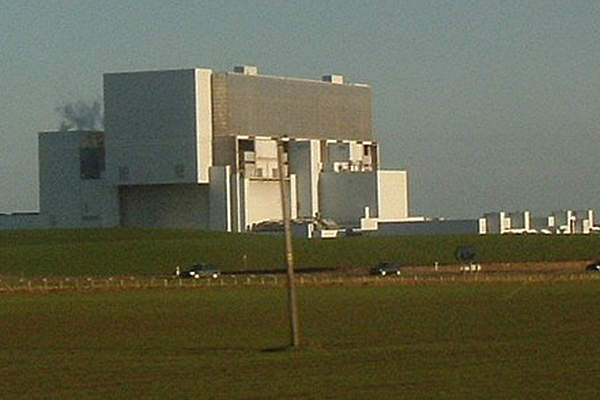The Torness Nuclear Power Station located near Dunbar, East Lothian, on the east coast of Scotland, is the last second generation nuclear power plant commissioned in the United Kingdom. The plant, initially owned by South of Scotland Electricity Board, came online in 1988 and is expected to be operational until 2023. EDF Energy has been operating the plant since 2009.
The plant contributes to 1,300 jobs and about £56m (approximately $58m) in Scotland and other parts of the UK each year. The power generated by the plant is sufficient for serving approximately 2.5million homes.
The project is built over 130ha of area and has good access to major transport facilities and seawater for cooling. Fresh water to the plant site is supplied by the Lothian Regional Council.
Preparatory site work for the nuclear power plant started in 1977, main construction works started in 1980, and the first of the two 665MW units was connected to the Scottish grid in 1988. The second unit came online in February 1989. The civil engineering work for the project required an investment of approximately £240m ($392m approximately).
The plant achieved a major milestone in August 2013 by generating 200TWh of low carbon electricity since its connection to the grid in 1988.
Construction of Torness nuclear power station
The civil engineering work for the power plant utilised two million tonnes of material, while the site preparation involved the excavation of 2.5 million m3 of material and installation of over 2km of coastal protection utilising 500,000t of local quarried rock armouring.
Details of Torness NPP
The plant features two advanced gas cooled reactors (AGRs), each housed in a 5m- to 7m-thick pre-stressed concrete pressure vessel cast around a 13mm-thick carbon steel liner within the reactor building. The two reactors are served by one refuelling machine located within a common charge hall. The refuelling machine is designed to handle both fuel and control assemblies.
The reactor building also houses high level de-aerators, reserve feed water tanks, and high-pressure steam and feed pipework. The station control room is also located within the reactor building, and the turbine hall is a continuation of this building but with a lower roof.
The plant’s single turbine hall provides fuel handling, instrumentation and control, and further features a condensate and feedwater treatment plant.
The circulating water pump house is comprised of four main circulating water pumps and eight reactor cooling pumps driven by induction motors. Between the pumphouse and the sea is an area containing four drums that filter the inlet sea water.
The plant integrates four boiler sets comprising of three units each. A carbon dioxide supply system, and a reactor coolant discharge system for controlled discharge of contaminated gas from the reactor and associated equipment is also installed at the site.
Four Cat 6861K Series pumpsets are installed for pumping liquid CO2. The CO2 supply system further integrates a Star Refrigeration R404A air-cooled refrigeration plant.
Other infrastructure includes four supplies buildings featuring diesel generators and switchgear, a 400kV transmission substation, a 132kV transmission substation, an administration and welfare building, workshop, and stores.
Contractors involved with the Scottish nuclear plant
National Nuclear Corporation (NNC) was responsible for the engineering and construction of the nuclear power plant, while the entire civil, structural and architectural design works were carried out by Sir Robert McAlpine.
The reactors were supplied by National Nuclear Corporation and the turbines were supplied by GEC.
The secondary floor shields were manufactured by Castle. Two compressed-air operated generator circuit breakers (GCBs) for protecting the electrical systems were supplied by ABB. The two GCBs are located between the plant’s generator units and the step-up transformers.
Certain design and installations works for the project were provided by Balfour Beatty. The company is also currently involved in mechanical and electrical maintenance, and in providing security and waste management.
The contract for the supply of specialist access and thermal insulation services, for a period of seven years, was awarded to Cape in February 2009.
IMH is currently involved in carrying out the upgrades to the hydraulic equipment for the turbine generators at the plant.







